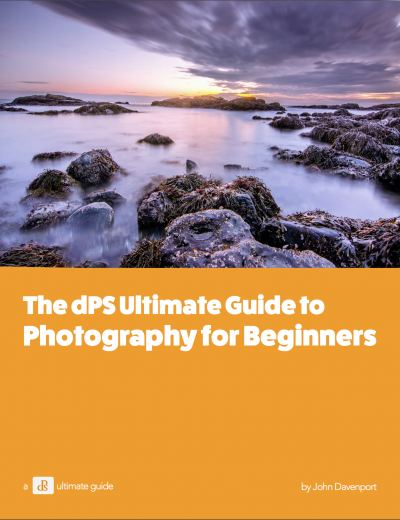| It’s Saturday, and time for Homeschool Resources: Foreign Languages I would like to ask if you would visit these Recommended Website! If you have used these website what did you think of them and why. Wordplay – Spanish Vocabulary Game  Age Range: 10-18 (Grades 4-12, with parental supervision) Quickly master over a thousand Spanish vocabulary words with this online learning tool powered by Brainrush that teaches using a simple game atmosphere. After creating a free account and logging in, select the lesson you want to work on by using the menu of lessons. All of the lessons are nicely broken down into bite-size pieces of about 10 words each. With over 100 lessons, you can easily find lessons to supplement your curriculum. Some of the vocabulary topics covered are: Basic Words Numbers, Important verbs, Opening and closing phrases, Adjectives, adverbs, pronouns, prepositions, Colors, Conversations, Question words, Comparisons, People, Nationalities, Professions, Time, holidays, and Weather, School words. Words related to food and eating Words related to the home, Emotions, Clothing and Fabric, Places, transportation, and travel. The body, Animals, Sports, and much more. Vocabulary is presented on illustrated tiles that include the Spanish word and English translation. Click the tile to hear both translations. When you have finished reviewing the tiles, select the “Play” button and the games begin. In the first stage of the game, students try to match the word before it reaches the bottom of the game field. When the student matches correctly both translations are said aloud. Once stage 1 is mastered you are moved onto stage 2 in which a word tile is presented and students must type the correct Spanish or English word in the box provided. If the student inputs the incorrect answer, the program gives the correct answer and the student corrects their error, quickly reinforcing the proper translation spelling. When you finish stage 2 you are moved onto the next lesson and the process begins again. Some additional features that this site offers: Wordplay adjusts difficulty to match your skill. Reviews are automatically scheduled to build long term retention. Each tile has a mastery meter that fills in green as you develop mastery and then blue as you build retention. Downloadable PDFs of course content Downloadable progress reports as an added bonus, you can request to have a Teacher’s account created for you where you can create your own courses, set up multiple students, and monitor their progress. Please note that this is an ad-supported website, but they are minimal and don’t appear to be distracting when using the games. If you are looking for a no-frills Spanish vocabulary program, you will certainly want to check out this site. |
Recommended Website: Digital Photography School Age Range: 10-18 (Grades 5-12 with parental supervision) This ad-supported website created by Darren Rowse provides a bonanza of digital photography how to’s and helpful hints to make the most of your digital camera. When you get to the site, click on “Start Here” on the upper menu. On this page students can learn photography tips and techniques relating to: Landscapes Portraits Composition Beginner Tips Post Processing Cameras and Gear Parents will want to check out the entry called “13 Lessons to Teach Your Child About Digital Photography” to help their children learn some basics of taking a photograph. (Put the title in the “search” box to get right to it.) There are courses that can be purchased from this website, but visitors will find a lot of great free information about photography that they could easily create their own short course for their student. You can also subscribe to their weekly newsletter. |
Recommended Website: Teoría – Music Theory Web

Age Range: 9-18 (Grades 4-12, with parental supervision) José Rodríguez Alvira, a music instructor at the Conservatory of Music of Puerto Rico, offers this fantastic, multimedia, interactive website for learning all about music theory completely free of charge.
Available to view in English or Spanish, this ad-supported site is well designed and extensive in scope.
When you get to the site, scroll down for “Today in Music History,” a brief list of this date’s landmark events in music. Then, explore the menu at the top that includes:
- Tutorials – Learn to read, write, and analyze music; see and hear examples and test yourself along the way.
- Exercises – For those going through the tutorials, these exercises reinforce the lessons, or they can be used as stand-alone practice of needed skills; ear training is also included here.
- Reference – Use this as you would a dictionary. Click on alphabet letters to view explanations of musical concepts. There is a lot more here than you would expect.
- Articles – Older students can read analyses of various musical pieces (and listen to the segments being analyzed), or read articles about various instruments and music history.
Click on any topic and a new page opens with a menu of further choices. You’ll need to browse, click, and read to get to the interactives – but once you find an activity that interests you, it’s quite user-friendly.
Note: There is a “Sign In” link – you can purchase an annual membership that includes ad-free browsing and free downloads of most of the site contents for use offline.
Be sure to bookmark this site and return often, as there is a depth of music theory instruction with examples and exercises, and new material is still being added and translated.
Thank you,
Glenda, Charlie and David Cates